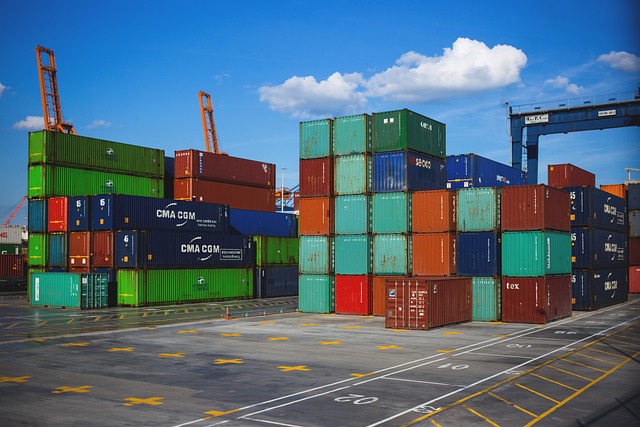Country checklist for bringing personal transport abroad
Transporting a personal vehicle across borders requires planning beyond booking shipping: you must confirm legal eligibility, assemble proper documentation, arrange inspections, and coordinate logistics and insurance. This checklist covers essential steps for import/export, customs clearance, registration, compliance and crossborder freight to help avoid delays when moving a car, motorcycle or light van internationally.

Import and export paperwork?
Confirm whether your vehicle qualifies for export and entry at the destination country. Key documents include the vehicle title, bill of sale, lien release (if applicable), and an export declaration when required. For temporary moves, look into carnets or temporary import permits that can reduce duties. Clearly record the vehicle identification number (VIN), make, model and declared value on all paperwork to match customs and freight documents and prevent mismatches that can delay clearance.
Customs and documentation?
Customs clearance depends on the completeness of documentation and accurate valuation. Provide a detailed vehicle description, original title, shipping manifest and any export paperwork requested by origin or destination authorities. Customs will assess duties and tariffs based on declared value, vehicle type and age. Expect potential inspections at port of entry and allow time for customs processing; pre-arranging an experienced customs broker can hasten clearance and avoid unexpected storage charges.
Registration and title requirements?
Understand local registration and title transfer rules before arrival. Some countries allow temporary registration for visitors, while others require full local registration within a set timeframe. You may need original title documents, identification, proof of insurance and inspection certificates to register. If you plan to sell the vehicle abroad, confirm the process for issuing a clean title and necessary export endorsements so future buyers and authorities have a clear ownership record.
Inspection, emissions and compliance?
Many destinations enforce safety and emissions standards that differ from the origin country. Required inspections often cover brakes, lights, tires and emissions testing. If the vehicle does not meet local emissions or safety rules, modifications could be necessary before registration. Obtain pre-export inspection reports if accepted at destination to speed registration; otherwise factor in the time and cost for local inspections and any mandated retrofit work to achieve compliance.
Logistics, shipping and freight options?
Choose between roll-on/roll-off (RoRo), container shipping, or air freight based on cost, transit time and protection needs. RoRo is typically economical for standard vehicles, while containers provide extra security and allow personal items to ship with the vehicle. Coordinate with freight forwarders about port-to-port versus door-to-door services, terminal handling, and expected transit times. Consult local services in your area for port procedures and inland transport to and from terminals.
Insurance, tariffs and crossborder considerations?
Arrange marine or freight insurance for the transit period and confirm whether your domestic auto policy covers overseas use. Purchase local liability or comprehensive coverage before driving in the destination country if required. Tariffs and import duties vary by vehicle age, type and declared value; add broker fees and inspection charges when estimating total cost. If the route crosses multiple countries, check transit rules, required documents and temporary import permits for each jurisdiction.
Conclusion Bringing personal transport abroad involves administrative, technical and logistical tasks that differ by origin and destination. Preparing thorough documentation, confirming customs and registration requirements, arranging appropriate freight and insurance, and ensuring compliance with inspections and emissions standards will reduce the risk of delays and unforeseen expenses when relocating or traveling internationally with a vehicle.





